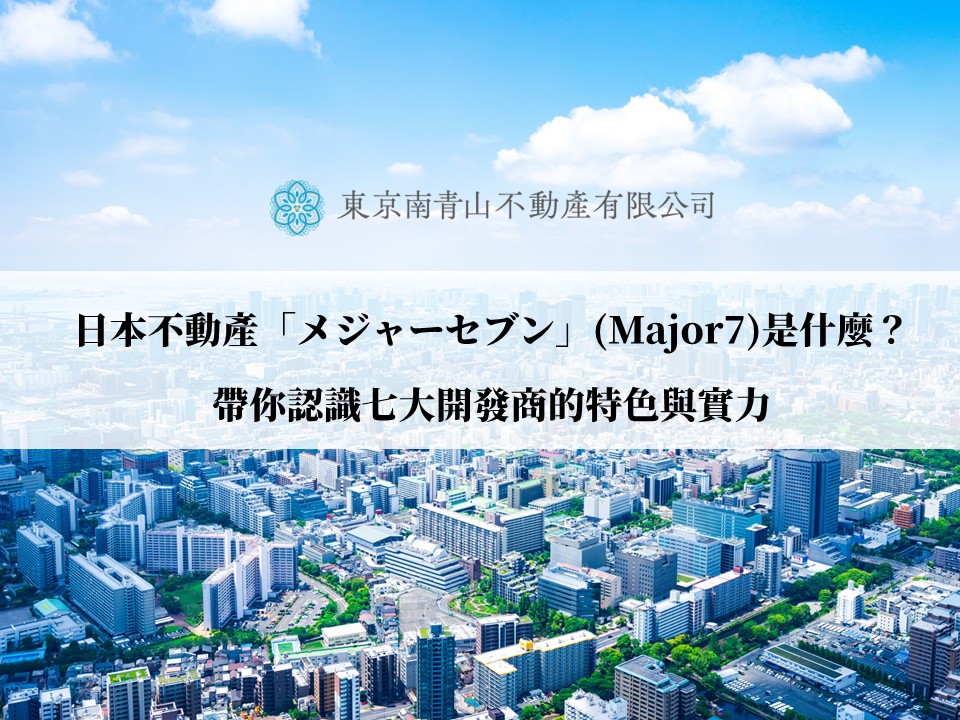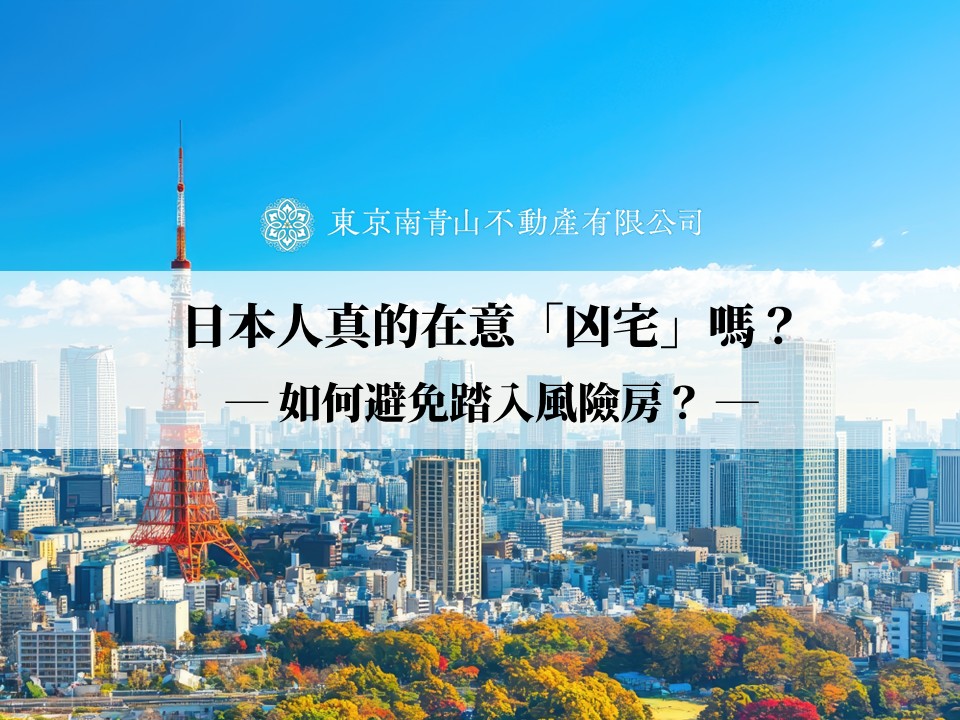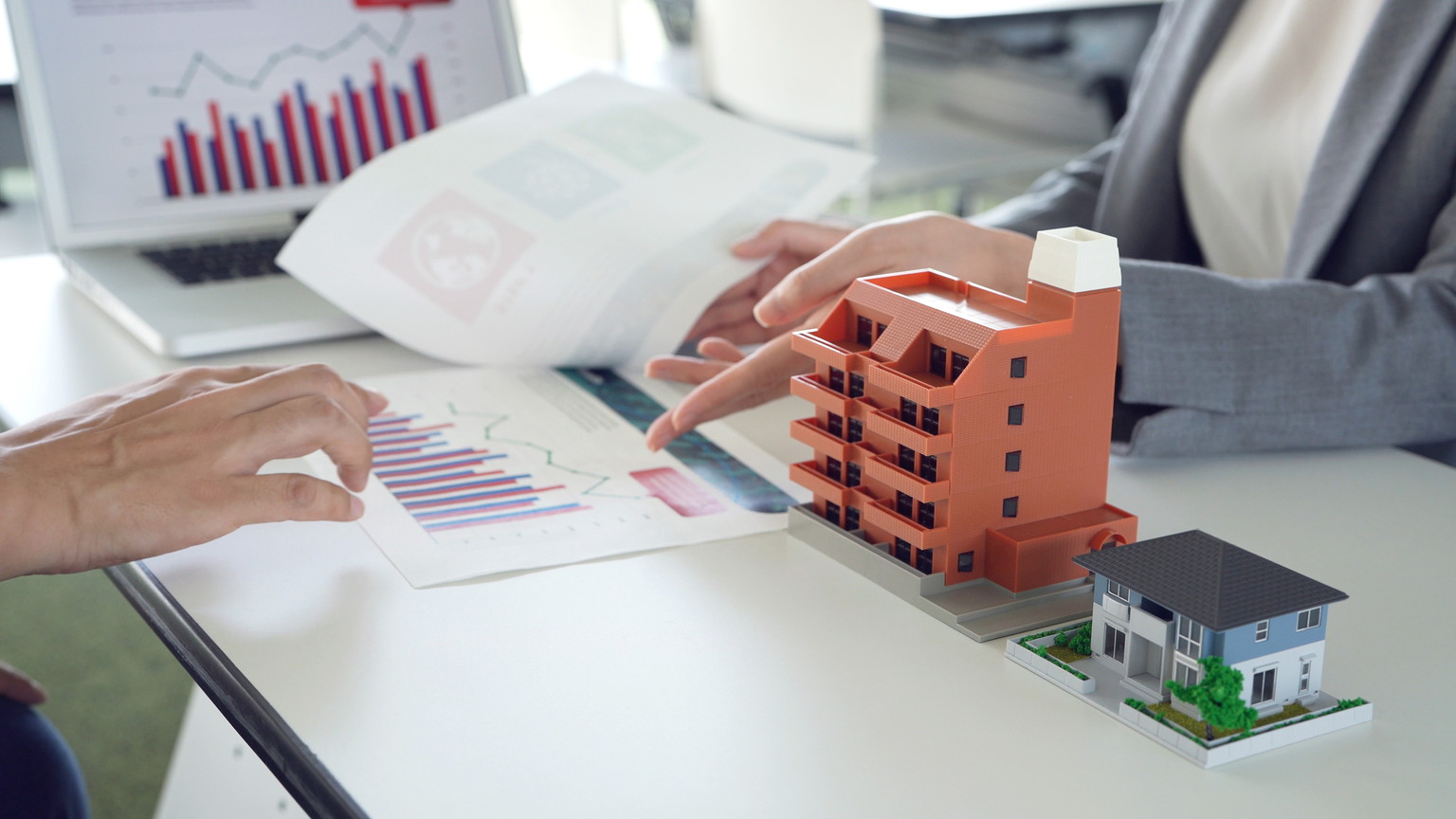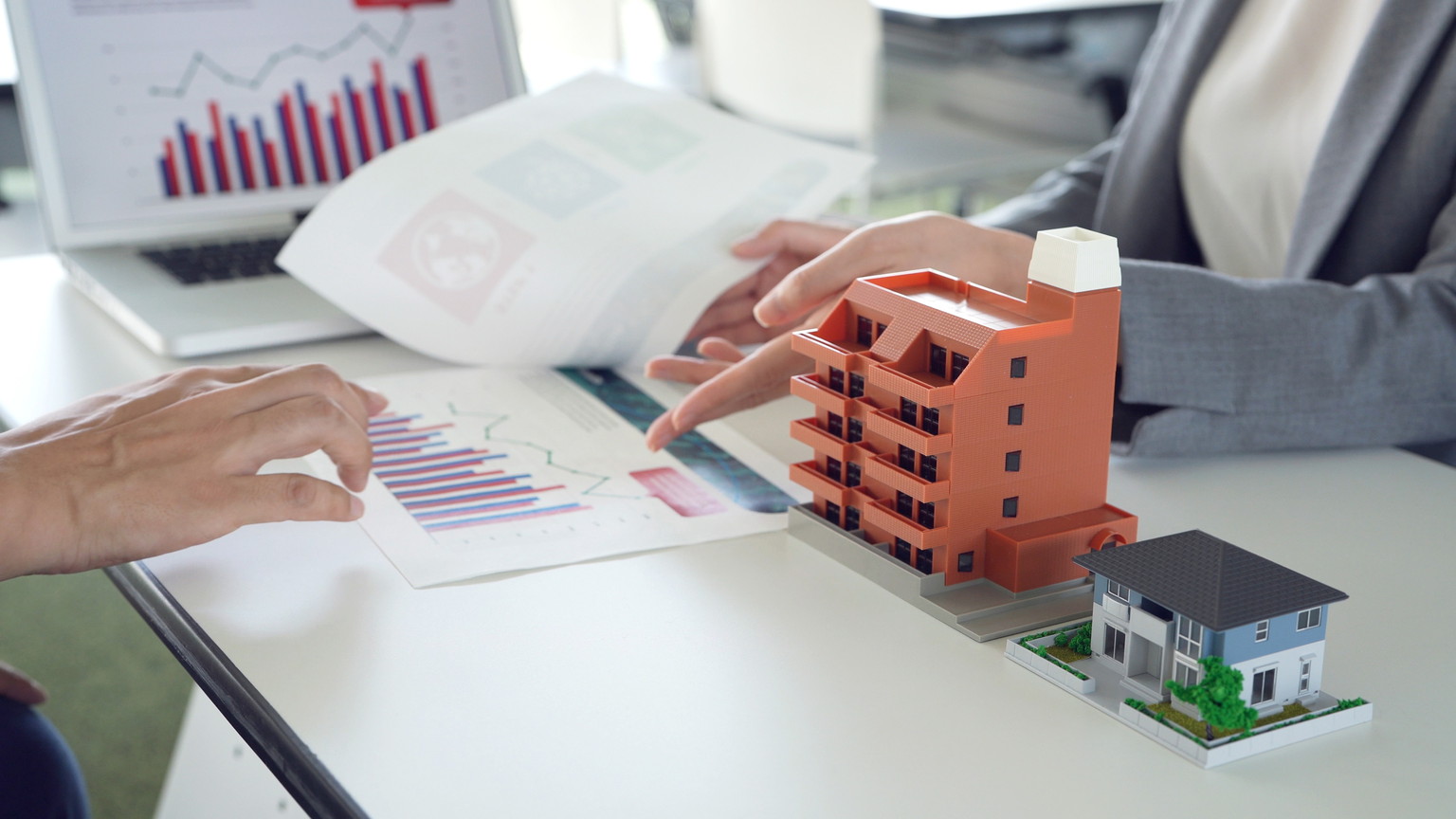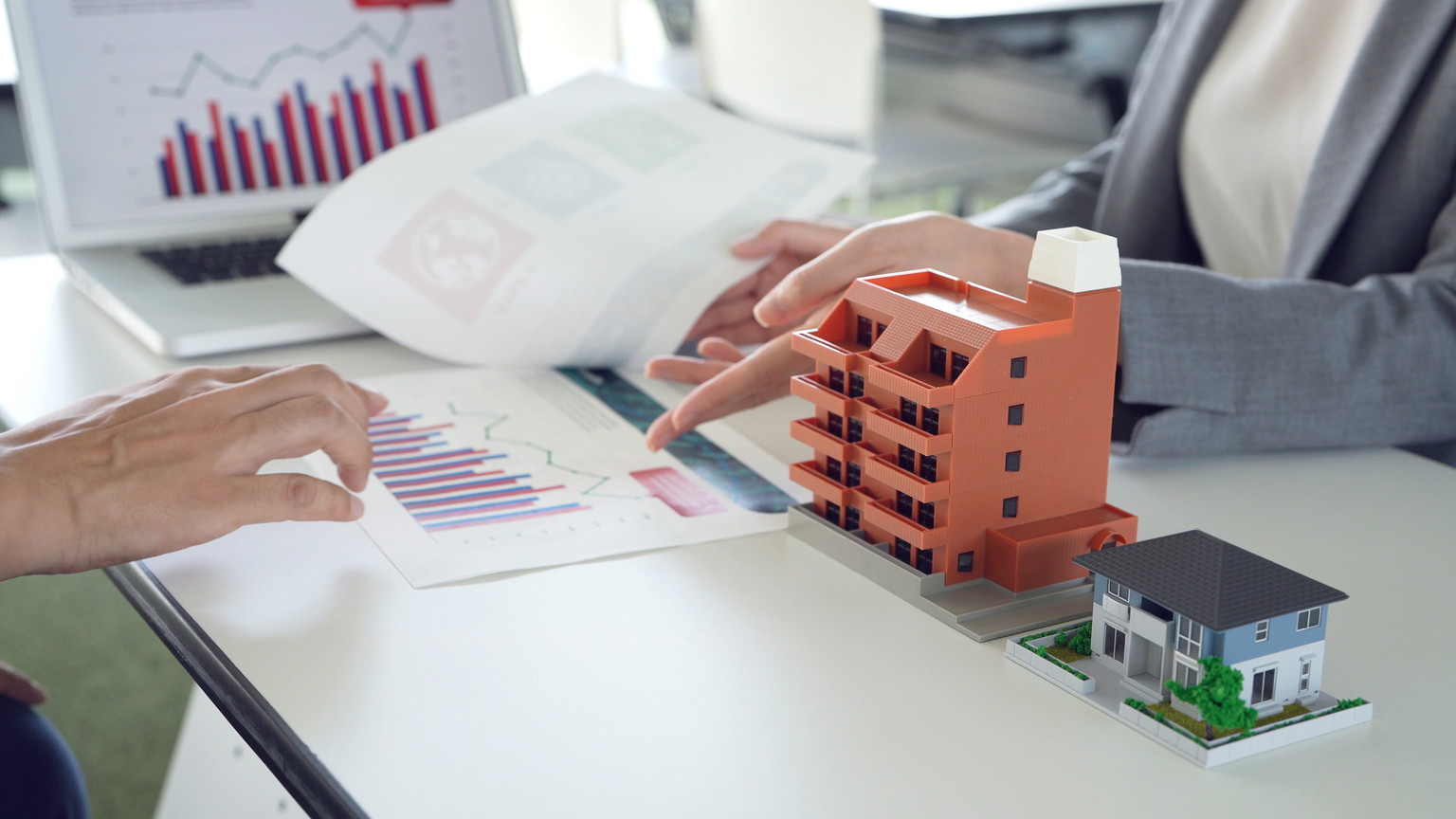Details You Won’t See in Property Ads
1. Is “7 Minutes on Foot” Really Just 7 Minutes? — The Hidden Trap of Perceived Walking Distance Only Agents Know —
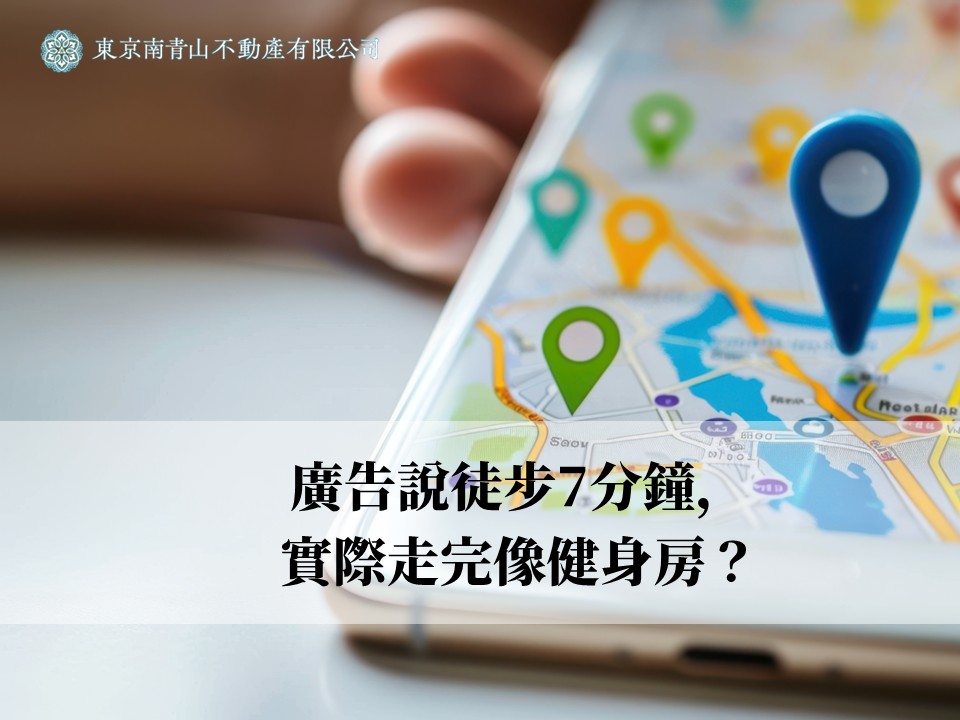
In Japanese real estate ads, you’ll often see phrases like: “〇〇 Station – 7 minutes on foot.”
Sounds pretty convenient, right? But as real estate agents, we know —
That “7 minutes” is just a theoretical value calculated using map tools based on average walking speed!
In reality, you’ll encounter many variables that affect the actual experience, such as:
Lots of slopes
→ In places like Tokyo — especially in areas like Akasaka — many homes are located on elevated terrain. Walking to work feels like a workout, and it’s not ideal for families with kids or elderly residents.
No shelter from rain, harsh summer sun
→ Some routes have narrow sidewalks right next to busy roads. Cars and motorcycles zoom past, making the walk stressful and uncomfortable.
Hard to drag luggage, stroller gets stuck
→ Especially for investment properties or rentals aimed at foreign tenants, these are real concerns that affect living comfort.
➡ All of these factors influence the actual perceived walking distance.
We strongly recommend that clients who plan to live in the property walk the route themselves to truly understand what “7 minutes” feels like.
2. The Higher the Floor, the Better? Not Always — Hidden Pitfalls of High Floors —
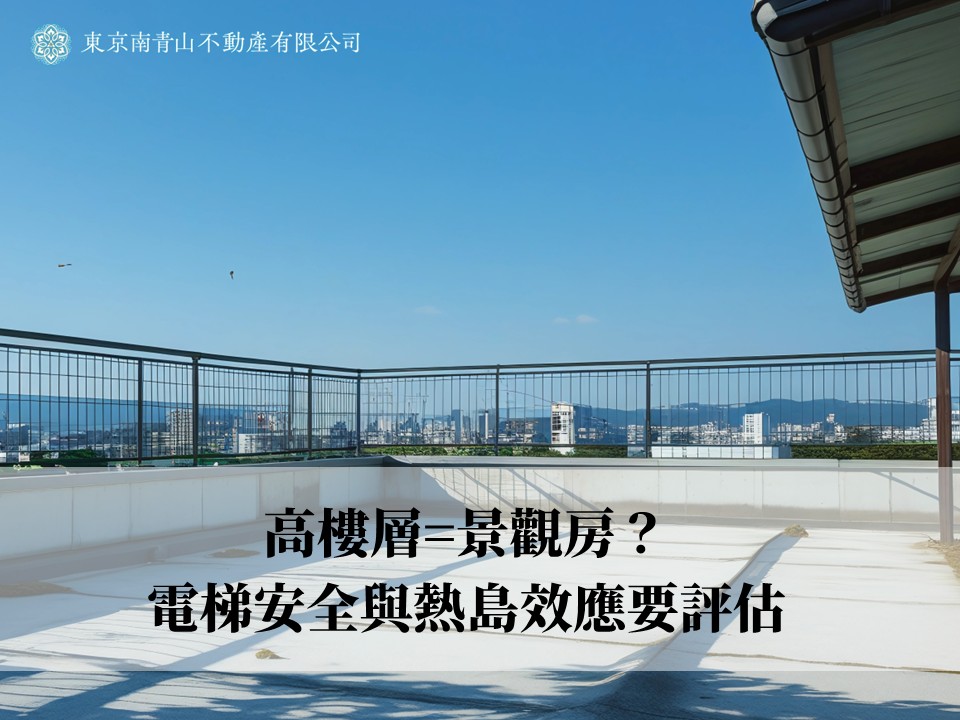
Many first-time buyers of Japanese real estate often say:
“I want a high floor with good sunlight and a great view.”
But did you know? A higher floor ≠ better living. Some high-floor units may look impressive but feel disastrous once you move in.
Here are a few common issues we’ve observed ↓
Long elevator wait times in older buildings — and often only one elevator
Properties over 30 years old often have just one small elevator.
During peak hours, you’ll wait a long time. Moving in or receiving deliveries? You might have to queue.
And don’t forget — some elevators lack security cameras or haven’t been updated, which can be a safety concern, especially for single women or families.
Heat island effect — feels like an oven in summer
High floors may offer great views, but if you’re on the top floor just below the roof,
summer can feel like a sauna. If the air conditioning isn’t strong enough, it’s a real struggle.
Blocked Views = Overpaid — What You Think Is “Permanent Open Space” Might Just Be Temporary
What attracts people to high floors isn’t always the layout — it’s the open view.
“Watch the sunset every day, see Tokyo Skytree from your window, front-row scenery” — these phrases often lead to impulsive decisions.
But here’s the catch: many of those views are temporary.
Land is scarce in Japanese cities. That “empty lot” or “parking space” in front of your building?
It may already be purchased by developers or slated for future construction.
What’s a wide-open view today could become a tall office building tomorrow.
Once the view is blocked, the value of your “scenic unit” drops — but you paid the premium price for it.
3. Can You Really Get a 5% Yield? — What You Need to Know About “Gross vs. Net” Returns —
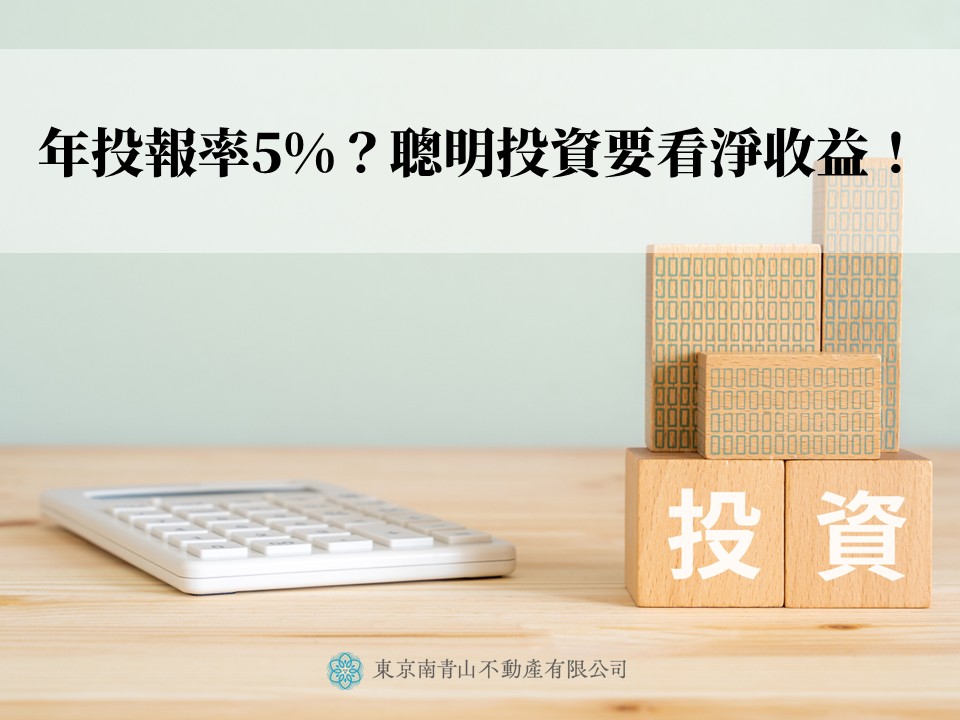
In Japanese real estate ads, you’ll often see phrases like:
“Annual yield 5%” or “Estimated rental return 6%.”
It sounds way better than a bank deposit — but can you really expect to earn that much?
The answer: Usually not that high.
That’s because what you’re seeing is almost always the Gross Yield,
but what actually affects your wallet is the Net Yield.
Gross Yield = Annual Rent ÷ Purchase Price
(Sounds good, but it doesn’t deduct any expenses.)
✔ Net Yield =
(Annual Rent – Recurring Expenses – Vacancy Loss – Taxes, etc.) ÷ Total Investment Cost
Here are the real costs you need to factor in:
✔ Recurring Expenses:
・Management fees
・Repair reserve fund
・Property management fees
・Fixed asset tax & city planning tax
✔ Vacancy Loss:
・Zero income during vacant periods
・Advertising & agent fees for finding new tenants
・Cleaning and equipment replacement costs
✔ Initial Costs (often overlooked but must be included):
・Registration fees & judicial scrivener fees
・Remittance & currency exchange fees
・Real estate acquisition tax (paid within 6–12 months after purchase)
・Agent commission (3% of property price + ¥60,000 + tax)
・Stamp duty (based on contract amount)
・Fire & earthquake insurance premiums
Why do all these need to be included in your “yield” calculation?
Because this is your actual profit from the asset.
If you only look at the surface numbers and ignore hidden costs,
you might end up with a “listed yield of 5% → actual return under 3%,”
or worse — paying out of pocket for repairs or struggling to rent it out.
Conclusion: Buying Property in Japan Isn’t Just About Specs — It’s About Real-Life Comfort and True Returns
When viewing properties, many people are drawn to keywords like “high floor,” “close to station,” or “high yield.”
But only agents who’ve toured hundreds of listings know —
What really matters is: Is it comfortable to live in? Is it stable to rent out? Will you regret it when reselling?
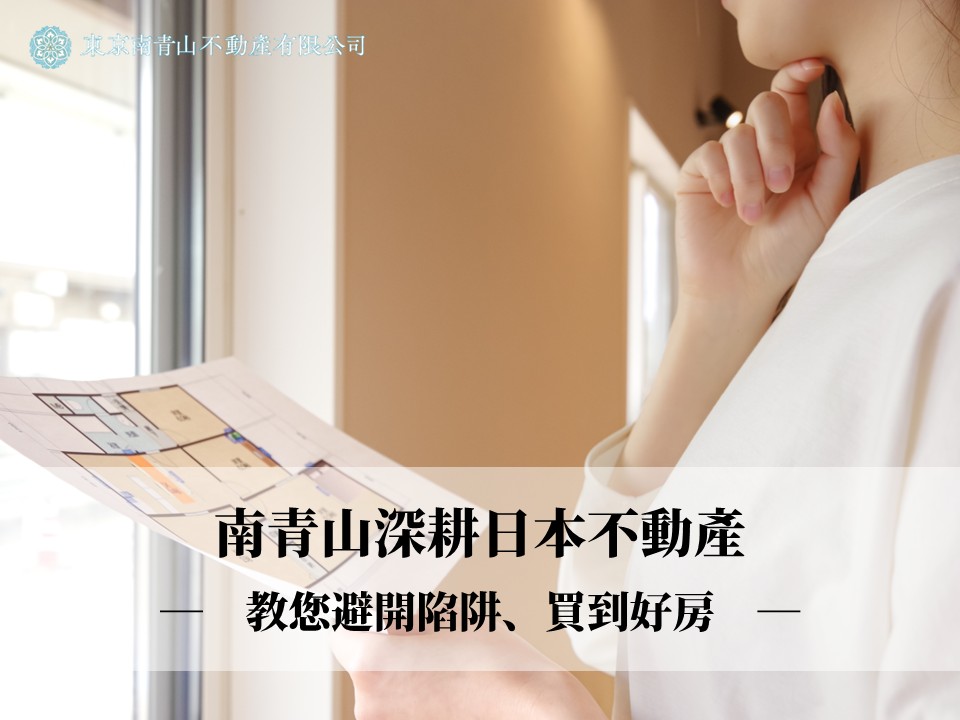
We hope this series helps you understand the invisible but important details:
✔ “7 minutes on foot” doesn’t always feel close — walk it yourself to know the difference
✔ High floors aren’t always better — have you considered the external risks?
✔ Yield isn’t about being high — it’s about calculating true net returns
A good property isn’t chosen by photos or spreadsheets alone.
The best ones fit your needs and stand the test of time.



